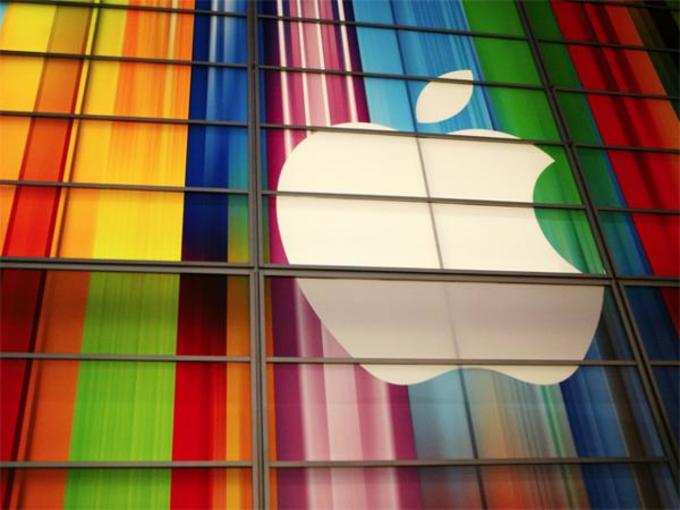 Apple had its best year in India in CY 2016 since its entry in the Indian market 8 years ago when the first
Apple had its best year in India in CY 2016 since its entry in the Indian market 8 years ago when the first Interestingly, in an effort to use the demonetized currency, some instances of cash purchase on high-end phones were seen in the last quarter of the year resulting in higher sales of iPhone 7 series. In addition to this, cash back schemes on selected bank cards also drove the sales through electronic payments resulting in high demand for some iPhone SKUs which went out of stock at some locations.
Time ahead – Full of opportunities and unique challenges
The new year is going to be full of opportunities and unique challenges for Apple in India. As the third largest smartphone market, India still offers a large user base to grow in the coming years. While India won’t be able to offer similar growth levels for iPhones as China had in the past few years, it will still help keeping the momentum when globally the smartphone market is slowing down in most of the larger markets.
India’s smartphone shipments are expected to double by 2020. So it is apparent that as much as Indians love their iPhones, Apple also needs India for further growth.
India has two strong sets of consumers for the iPhones. The Affluent; though not very large in numbers but they are the trendsetters. The second group is the growing Middle Class, much larger in numbers and aspirer for all global brands. Apple needs a longanimous outlook while dealing with this segment, since they are value seekers and make their purchases after much deliberation, while the affluent consumers crave exclusivity and premium brand image. Thus Apple needs to find a fine balance to cater to both set of customers exclusively and independently. A judicious mix of older iPhones and the latest iPhones in the market has so far worked well to cater to its different customer segments.
Apple’s decision of manufacturing in India will provide options to launch the iPhones at lower prices than it has been able to do in the past few years because of higher import taxes in India. iPhone launch prices in India have been amongst the highest globally. Tax differential of 10-12% can be adjusted and the benefit may be passed on to the consumers to balance the difference between the global and India prices. All key smartphone vendors, including
However, market landscape in India is very different from most other markets and continuously evolving. Offline retail is overcrowded, marketing budget ceilings are being pushed to stratospheric levels and users have plethora of options in every price range. Apple needs to invest mindfully, especially in nurturing its channel base in India. eTailers have made a significant contribution to the iPhone sales in India in the past 2 years and as online has become an essential channel for most brands present in India, Apple needs to relook its strategic partnership and create a hybrid distribution channel in India.
Also, the ‘magic’ of Apple Stores is yet to be introduced to Indian consumers. If Apple opens their stores in India, it should help in strengthening the premium image of the iPhones. Offline channels still consist of 2/3rd of the smartphone sales in the US$250+ segment and retail counters have been strong influencer for converting the seeker into buyer in India.
(The article is authored by Jaipal Singh, Market Analyst,
